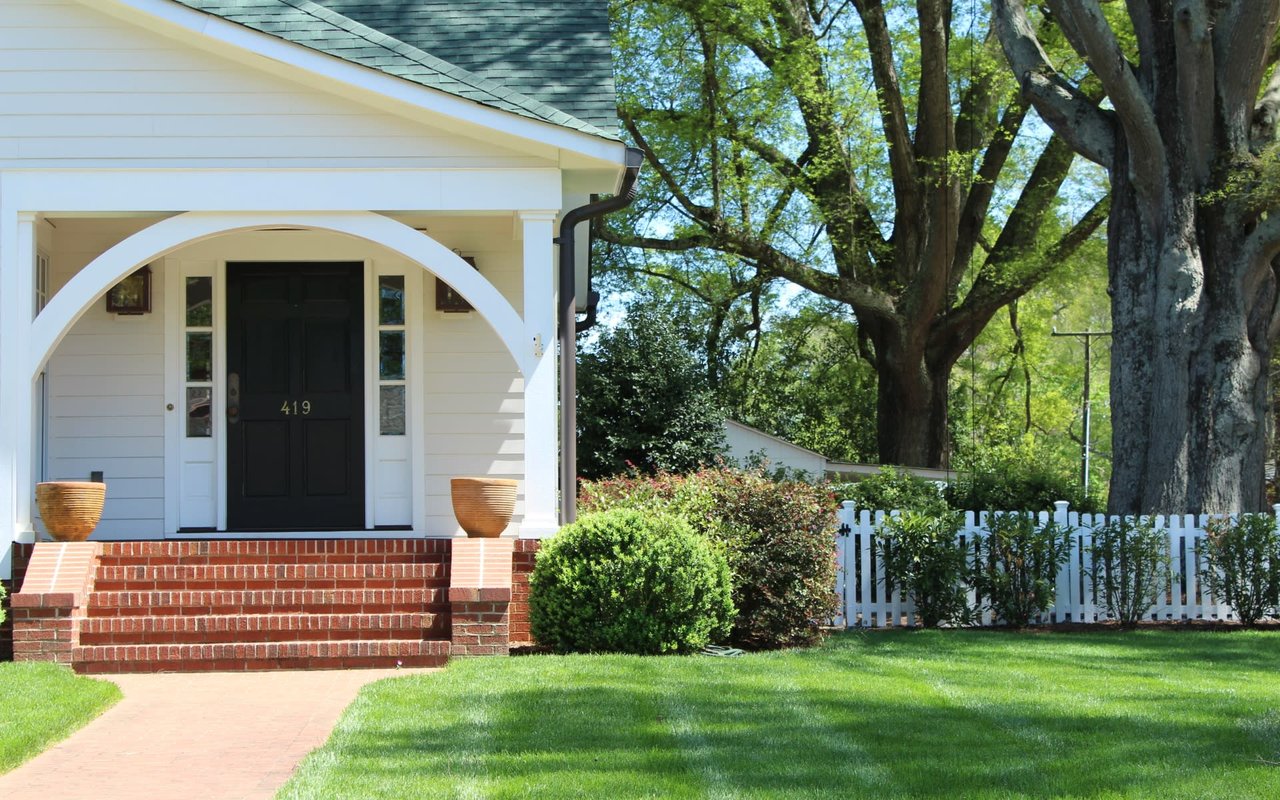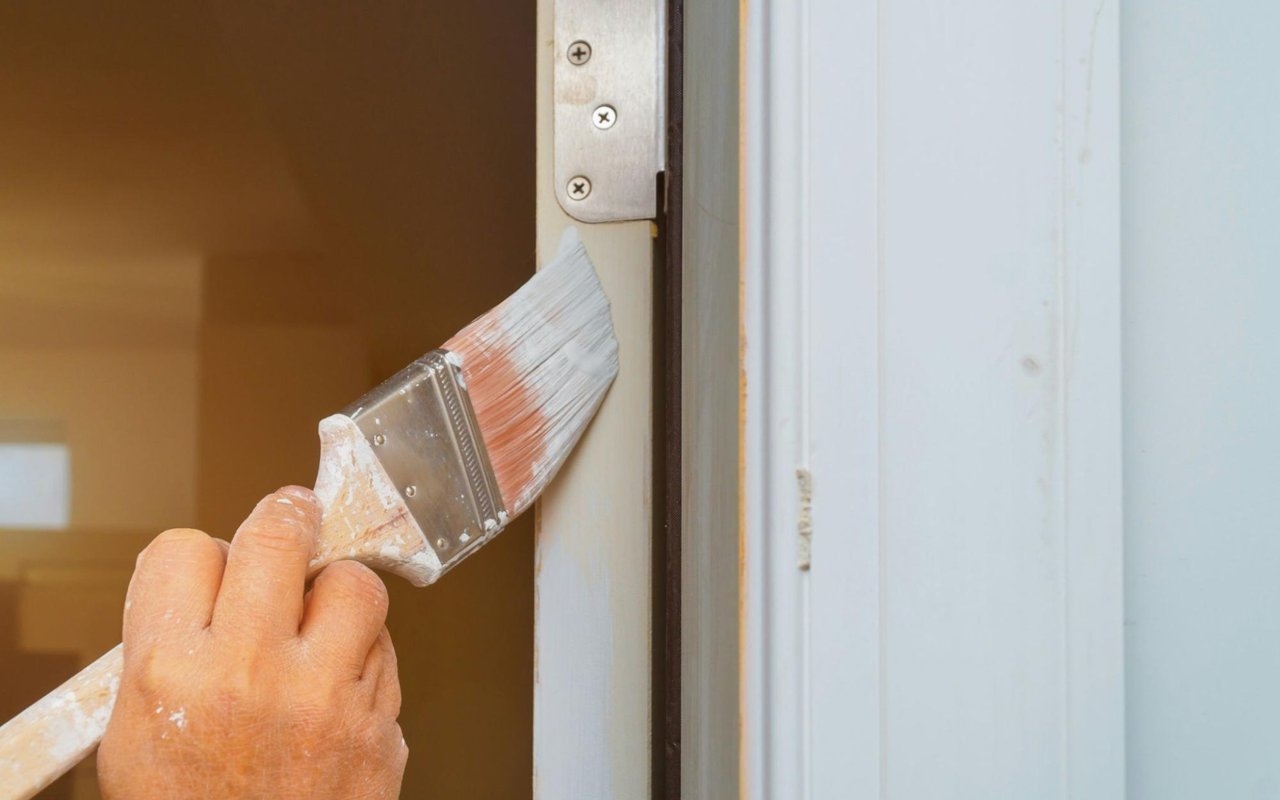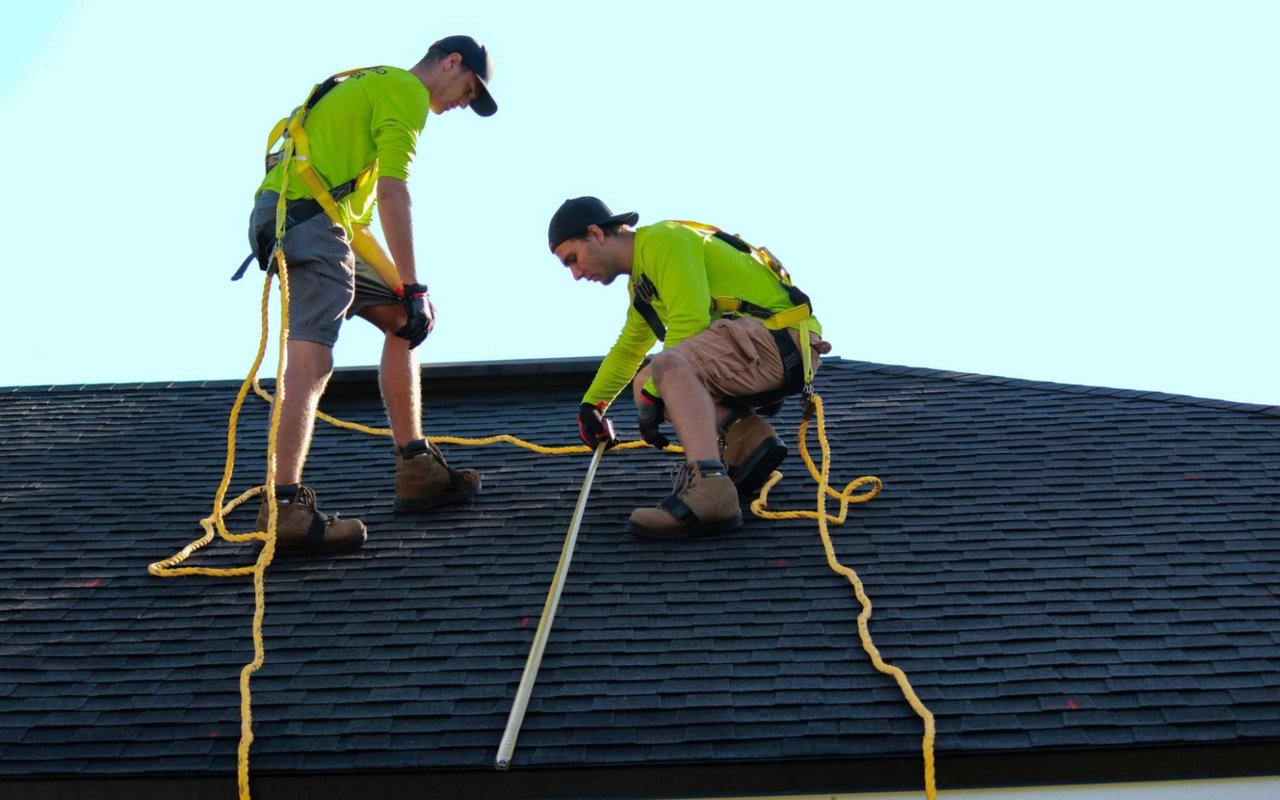“Love the house but date the rate.”
What happens if interest rates increase after you’ve already gone under contract? Is there any way to protect yourself? If you haven’t locked your mortgage, that means you are at risk of having to pay a higher rate. At Pemberton Homes, we encourage people to plan for the worst. What that means is, if rates are at 6.5% or 7% (which aren’t that high, in my experience), you should check with your lender to see if they have what’s called a “float down” option. Then you can prevent your rate from rising if the interest rate goes up, but it can also come down if the interest rate falls.
For builders, it’s a risky environment to float the interest rate, but they often don’t have much choice, as they are at the mercy of the market. Fortunately for you, there are builder programs that allow you to lock in your interest rate, particularly on spec homes.
Since there are so many options, remember to love the house but date the rate. While interest rates may be higher right now, they will come down, and you can always refinance when that happens. If you have any questions or would like to learn more about mortgage rate locks and float-down options, don’t hesitate to call or email me. I’d be happy to help you!




